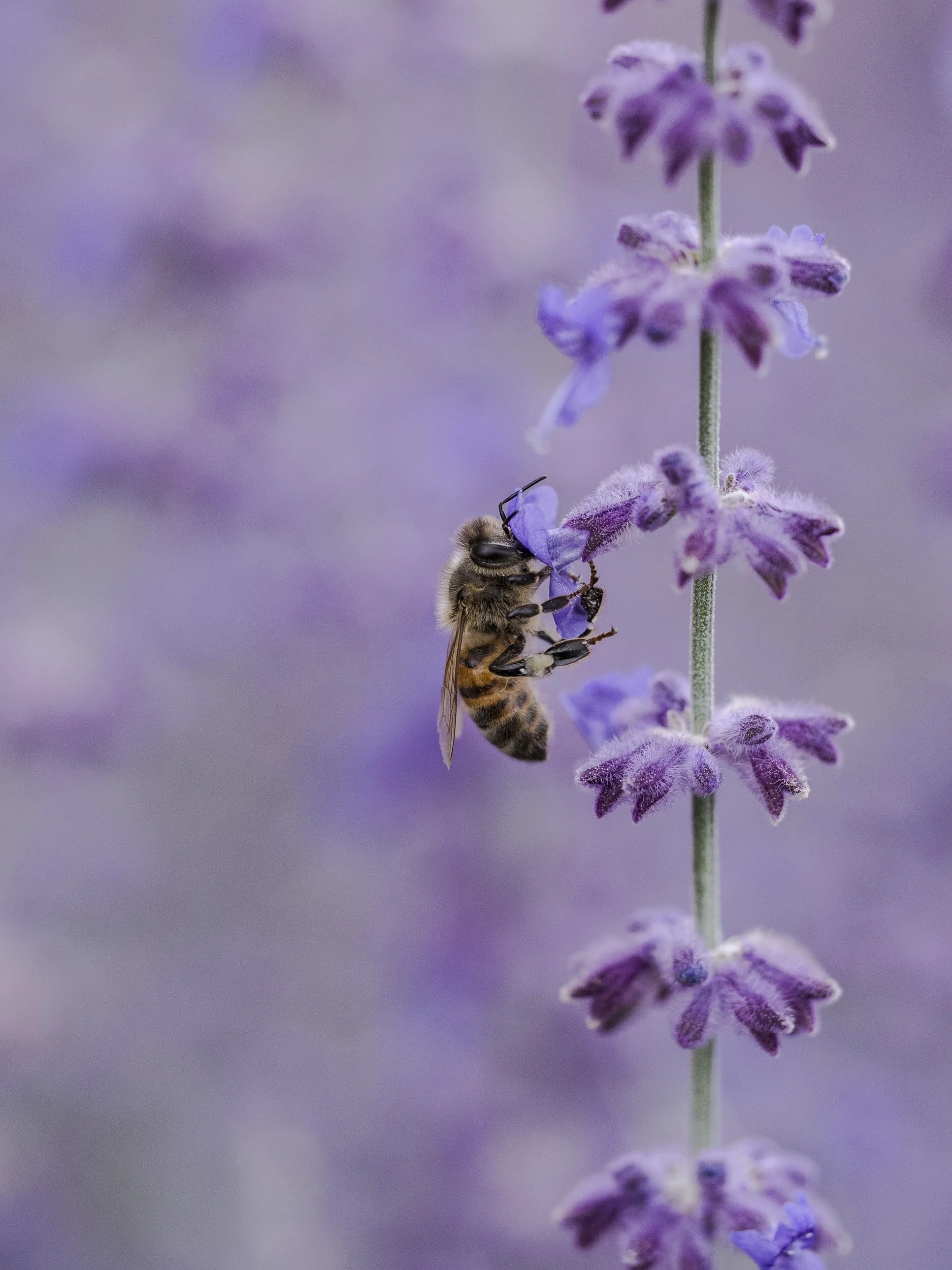Why fear bees?
What we really need to fear about bees isn't the sting. Gardeners know that most bees are gentle creatures, and if not bothered, don't tend to sting. The real fear is the loss of our bees ... our essential pollinators.
A few years ago, bee colony collapse was big news. It continues today and is getting worse. EPA studies shows that pesticides are a huge part of the problem.
What can we do to help the bees? Monrovia, a commercial plant nursery, offers these tips:
Eliminate or reduce the use of pesticides.
Plant a garden with nectar-rich food that will bloom from spring through summer. As a bonus, you'll be attracting butterflies - also important pollinators that are dwindling in numbers.
Provide a shallow water source and a flat rock for butterflies to sun their wings.
Leave a small patch of bare ground where bees can establish their underground nests. If you find a hive where you don't want it, find someone who will relocate it at no charge. (Search online for "bee rescue" and your city.) Or attract mason bees, which don't form hives. They live in holes, so you can purchase a cute mason bee house, or simply drill holes in a block of wood.
Bees don't see the red end of the color spectrum, so good flower colors for bees and butterflies are white, yellow, blue, pink and purple. For spring blooming, plant Wild Lilac, Western and Eastern Redbud, Flowering Quince, Cranesbill, Lavender, Catmint ,Rhododendron, Rose and Salvia.
To feed bees all summer, plant Yarrow, Hyssop, Anemone, New York Aster, Bluebeard, Tickseed, Foxglove, Coneflower, Potentilla, Bee Balm, Russian Sage, Black Eyed Susan, Pincushion Flower, Stonecrop, Spirea and Verbena.
Butterflies especially will flock to the aptly named Butterfly Bush, and Monarchs are attracted to Milkweed.
